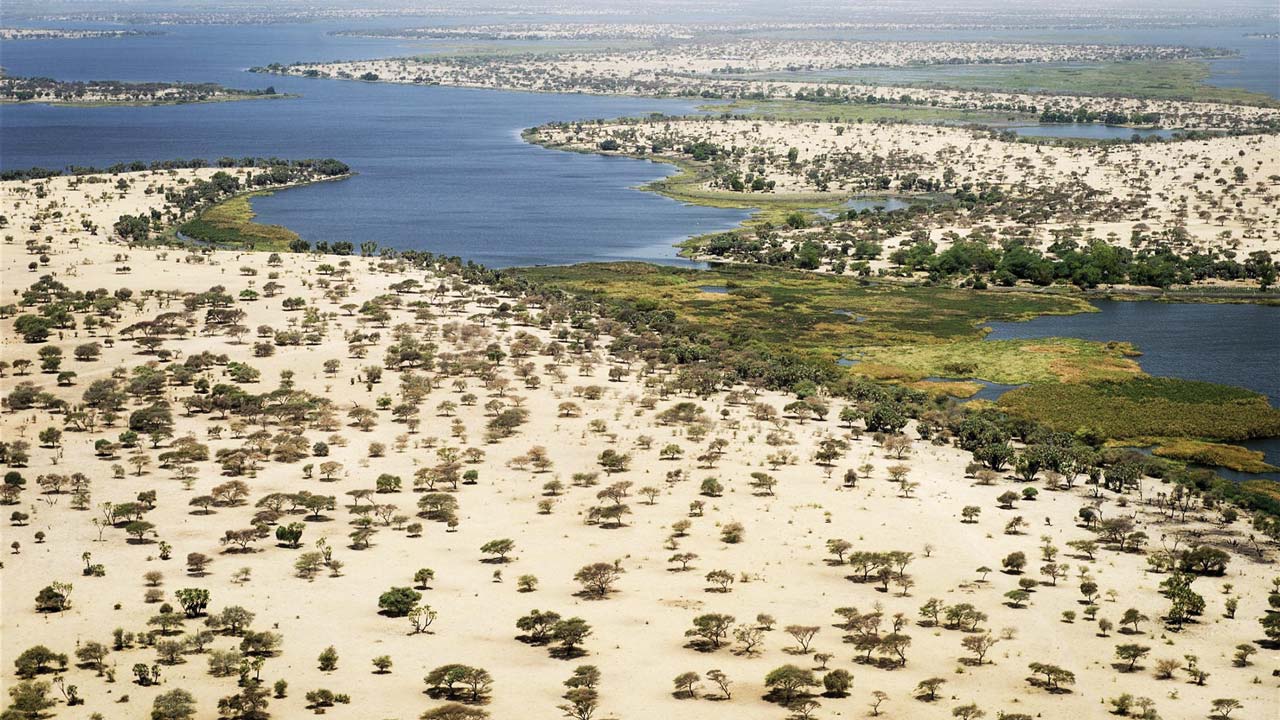It was the glory of the sahel, and grandeur of the entire sahara desert. One of the largest fresh water bodies in the world, glitzed by vegetations of different kinds: trees, shrubs, herbs, and grasses; and full of life—different types, shapes, forms, sizes, and breeds of esculent fishes and other aquatics; Lake Chad was a pleasing sight in the 60’s. It was in touch with nature.
Outside the touristic gains of a healthy ecosystem of its class, about 70 million locals completely leaned on it: Farmers used its water for irrigation; herders fed their cattles with the grasses around its frame; fishermen killed, ate, and sold its fishes, while livestocks drank directly from it. Lake Chad was, in brief, the sole driver of the area’s economy, and it really was up to the task, going by its original size of about 26,000km² bordering the northern part of Borno state, Nigeria; Cameroon; Niger; and Chad.
But, in a twinkle of an eye, this crown of the wild, sixth largest lake in the world, shrinked; with about 90% of its size giving in to desertification. The vegetations—trees, shrubs, and grasses (on which livestocks depended) vanished. The fishes were no more. The farms, which used to be irrigated from the lake, dried up. The once very enchanting ecosystem became pale, and the flourishing economy slumped.
Your concern (as good as mine): What then was the hope of the locals—farmers, fishermen, and herders? There was no hope at all. A number of them, starved, frustrated, and desperate, moved down south, into Maidiguri, in search of life which was as scarce in the capital city as anywhere else in Nigeria. There, in the midst of an abject bleak, the able-bodied ones among them were enticed by Muhammed Yussuf’s supposed philanthropic mission into his school of thought and became, perhaps, the very first set of Bokoharam insurgents ever recruited.
The herders among the populars, in search of pastures and water to keep their herds breathing, also embarked on a southward voyage through the north-east. Carrying with them frustration and bitterness culled from a tortured hope, their journey from Borno through Benue gave birth to countless conflicts with farmers, a development that has, just like the forenamed insurgency, claimed the lives of a number of Nigerians.
So far, Bokoharam has sent Nigerians to the grave in hundreds; and herders-farmers conflicts, over 2,000! Well, it has been established that both Bokoharam insurgency and herdsmen-farmers clashes have roots in the shrinkage of Lake Chad over time; this, then, is the million dollars question: What shrinked Lake Chad? Climate change, and over-use of the water for irrigation, overgrazing, the cut-down of surrounding trees—canopies that used to prevent the water body from excessive evaporation. Simply put, Lake Chad was a victim of environmental mismanagement from within and without the borders of Nigeria. For this or that reason, we are part of its shrinkage and now, we are licking fingers.
The world is interested in Lake Chad; how do we bring it back to life?
Ayeni Faith Damilola writes for Green Global Environmental Network (GGEN).
For Feed Backs: 08100426192, 08033431685 (whatsapp only)



Leave a Reply